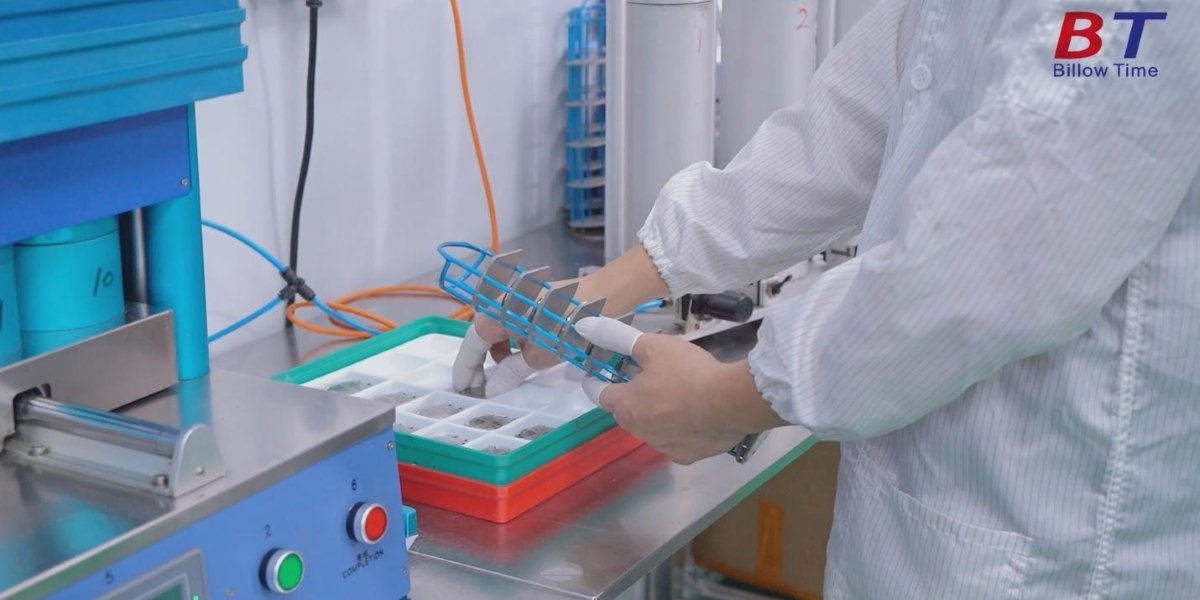Trained dogs have been an integral part of the film industry for decades, captivating audiences with their performances. The process of getting a trained dog into a film role involves careful selection, rigorous training, and collaboration between trainers, handlers, and filmmakers. This article explores how trained dogs get roles in films and the steps involved in preparing them for the big screen.
The Selection Process
The first step in getting a trained dog into a film role is selecting the right dog for the part. Filmmakers and trainers look for dogs that match the physical appearance and characteristics required for the role. This includes considering the dog’s breed, size, color, and overall temperament. The selection process is crucial as the dog’s look must align with the director’s vision for the character.
A dog’s temperament and trainability are critical factors in the selection process. Dogs that are calm, focused, and able to handle the pressures of a film set are preferred. Trainers assess the dog’s ability to learn commands quickly, follow directions, and remain composed in various environments. These traits ensure that the dog can perform consistently and reliably during filming.
Training for Film Roles
Before a dog can perform specific tasks required for a film role, it must undergo basic obedience training. This training includes commands such as sit, stay, come, and heel. Basic obedience provides a foundation of discipline and control, which is essential for more complex tasks. Dogs that excel in obedience training are better equipped to handle the demands of a film set.
Once basic obedience is established, dogs undergo specialized training tailored to the film’s requirements. This training can include a wide range of tasks such as retrieving objects, performing tricks, and responding to cues from a distance. Trainers use positive reinforcement techniques, including treats and praise, to encourage desired behaviors and ensure the dog enjoys the training process.
The environment on a film set can be overwhelming for dogs, with bright lights, loud noises, and a large crew. Desensitization training helps dogs become accustomed to these conditions. Trainers expose dogs to various elements of a film set gradually, ensuring they remain calm and focused. This preparation is vital for ensuring the dog can perform reliably during filming.
Collaboration with Filmmakers
Trainers work closely with directors and producers to understand the specific requirements of the film role. This collaboration ensures that the dog’s training aligns with the director’s vision and the needs of the scene. Clear communication between the trainer and the film’s creative team is essential for achieving the desired performance.
On-set handlers play a crucial role in managing the dog during filming. Handlers are responsible for guiding the dog through its performance, providing cues, and ensuring its well-being. The presence of a familiar handler helps the dog feel secure and confident, leading to better performances. Handlers also coordinate with the director to adjust the dog’s actions as needed for the scene.
Filming the Performance
Before filming a scene, dogs participate in rehearsals and practice runs. These sessions allow the dog to become familiar with the set, the actors, and the specific actions required. Rehearsals help identify any potential issues and provide an opportunity for adjustments to the dog’s training. Practice runs are essential for ensuring a smooth and successful performance during actual filming.
Filming with dogs often requires multiple takes to capture the perfect shot. Patience is crucial as dogs may not always perform as expected on the first attempt. Trainers and handlers work diligently to keep the dog focused and motivated, using positive reinforcement to maintain its enthusiasm. Multiple takes also allow the director to capture different angles and ensure continuity in the dog’s performance.
Post-Production and Recognition
In post-production, editors and visual effects teams may enhance the dog’s performance. This can include removing unwanted elements, adding visual effects, or stitching together the best takes to create a seamless scene. The goal is to ensure the dog’s performance appears natural and contributes to the overall storytelling.
Trained dogs in films often receive recognition for their contributions. Many film festivals and organizations have categories that honor the work of animal actors. Awards and accolades highlight the skill and dedication of the trainers, handlers, and the dogs themselves. Recognition also raises awareness about the importance of humane training practices and the value of animal performers in the entertainment industry.
The journey of a trained dog from selection to the silver screen involves careful planning, specialized training, and collaboration among various professionals. The process ensures that the dog’s performance enhances the film and captivates audiences. Understanding how trained dogs get roles in films sheds light on the dedication and expertise required to bring these beloved animal actors to life. As the film industry continues to evolve, the contributions of trained dogs will remain an integral part of cinematic storytelling.














